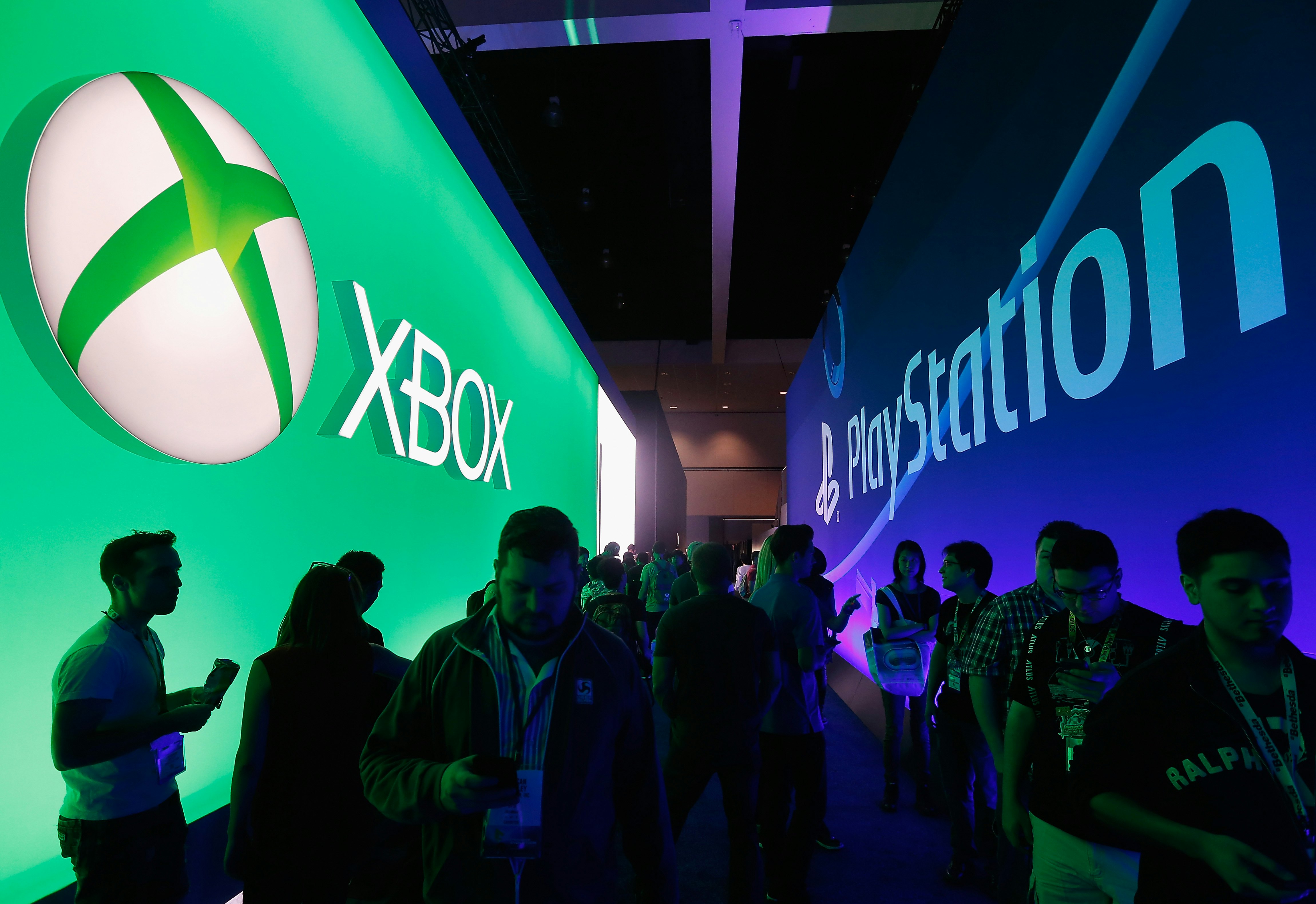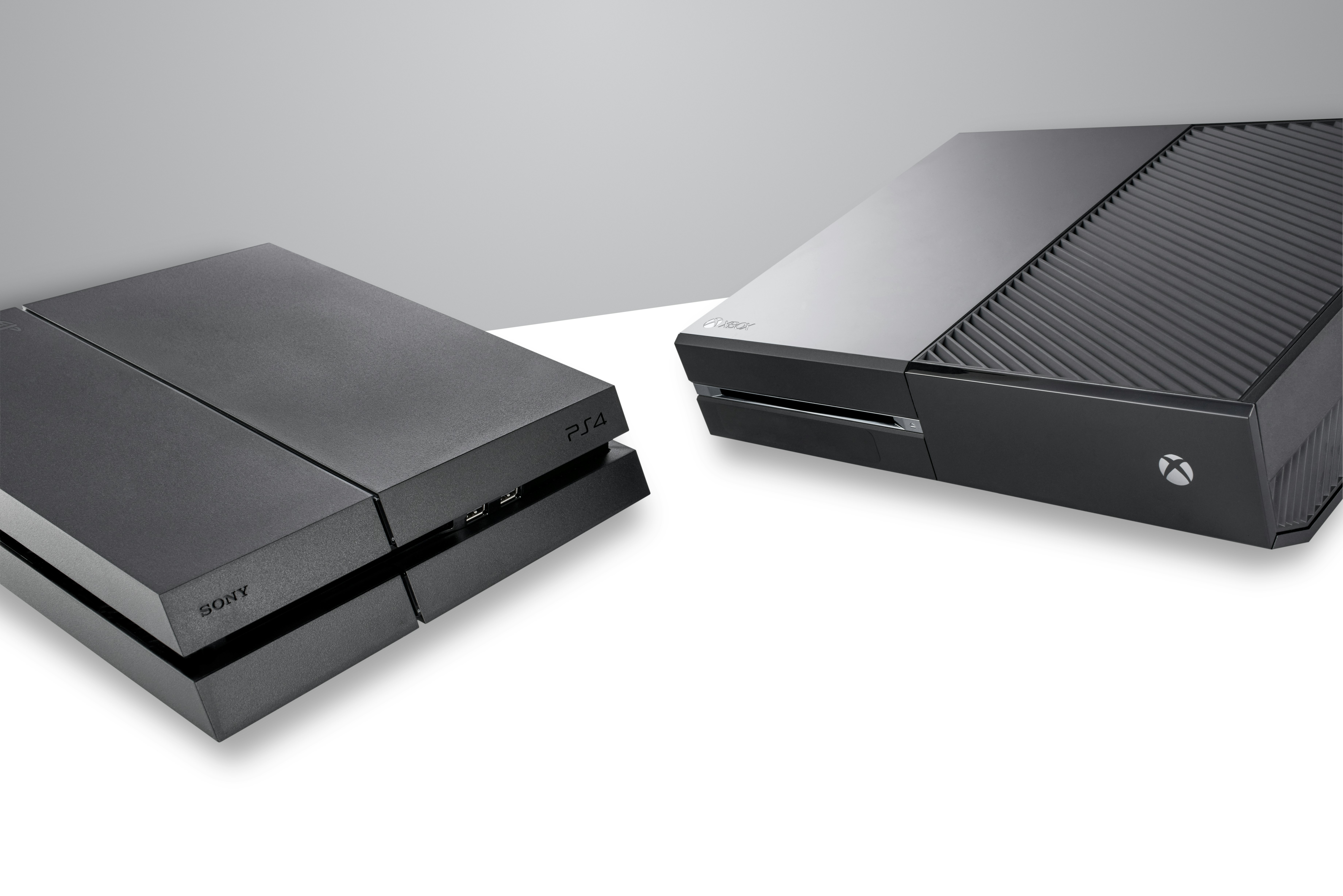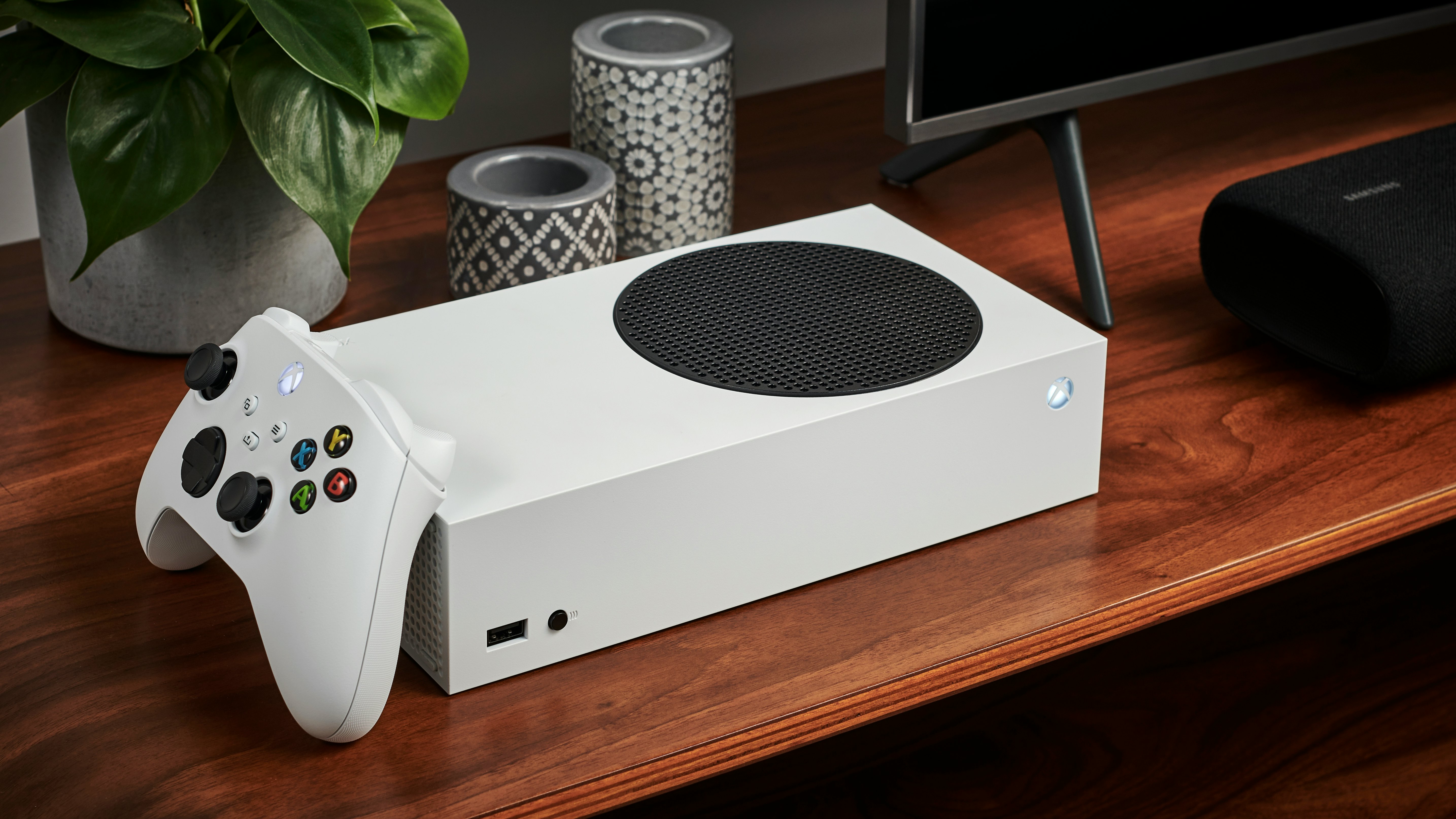
When the PlayStation 4 launched on November 15, 2013, Microsoft’s response was shocking: the company applauded its rival. “Congratulations on your launch, Sony,” read the social media posts, which were reciprocated by Sony wishing Microsoft all the best with the imminent Xbox One launch. What kind of wussy console war was this?
The console wars aren’t dead — it’s easy to find someone willing to call you a childish idiot for owning the device of your choice — but they’re being fought by the equivalent of Japanese holdouts discovered in the ’70s. The number of gamers who own both a PlayStation 5 and an Xbox Series X or S is growing, while console-exclusive games are getting rarer. With modern development costs in the stratosphere, creators look to the PC as a steady source of additional revenue (you don’t need to shell out for an Xbox just to play Starfield). Fans will always argue, but consoles have become all-purpose entertainment devices that happen to sport a few exclusives.
But today’s great gaming powers once fought proper shooting wars. After the PlayStation 2 crushed the Xbox, the Xbox 360 launched in November 2005 with the promise of big exclusives like Halo and Gears of War. The PlayStation 3 came out a year later and would produce ambitious original series like Uncharted and The Last of Us. They were also a battleground in the last big format war: Sony was all-in on Blu-Rays, while Microsoft offered an optional HD DVD player.

The machines had legitimate differences. Before streaming dominated, the PS3’s Blu-Ray player was a point in its favor. And as online multiplayer began to conquer gaming, Sony offered the PlayStation Network for free. Sony’s controllers recharged, Microsoft’s ate batteries. Sony tried to be an all-inclusive media hub to the 360’s hardcore gaming machine, roles that flipped as the consoles aged. Xbox tried to ape the Wii’s success with the Kinect, while PlayStation went with Move. Multi-console blockbusters like Assassin’s Creed were becoming common, but players were still buying into a specific catalog. It wasn’t the biggest decision of your life, but it was a decision.
The war’s tenor was appropriately tense. Sony announced an arrogant $599 price tag for the PS3 and became a laughingstock for its slow start to sales, while the 360 was mocked for its infamous Red Ring of Death malfunction. The companies announced dueling price cuts and re-designs. PlayStation had a massive data theft scandal. It was all very dramatic.
This was nothing compared to the sophomoric battles between the ancient powers, but “Genesis does what Nintendon’t” and “Do the math” were slogans meant to appeal to children parroting corporate PR to their parents. By 2006, the average gamer was 33. Sony and Microsoft were trying to win over consumers with mortgages. That took an adjustment — the ads for the PlayStation 3 were some of the most off-putting you’ll ever see — but strategies shifted by the time the PlayStation 4 and Xbox One rolled out. PS4 commercials amounted to “Hey, we have lots of video games.”

Compared to all the drama of yesteryear, PS4 versus Xbox One was a question of which black box was better. It was still marketed as a battle, but the focus was on hardware power, interface nuances, and which console had better-looking grass. You certainly didn’t have to worry about whether they played Blu-Rays or streamed Netflix. Such features, once novel and sporadically implemented, had become standard. Microsoft got caught paying influencers for reviews, but the scandal and bad blood had faded.
Those hoping for another slugfest were disappointed. The last horse race had ended in a tie after the PS3 slowly caught up to the 360’s huge lead, but the PS4 ran laps around its competitors. Sony introduced more powerful hardware at a lower price point, offered a more robust library, and developed futuristic VR. Meanwhile, Microsoft still futzed around with annoying Kinect features. That was the Xbox’s fatal flaw, the Waterloo of the eighth generation console war: Sony had Uncharted 4, while Microsoft let you open Skype by waving your hands around.
Sony sold 106 million PS4s, while Microsoft stopped releasing sales numbers. But once Microsoft ditched the Kinect and the inevitable price drops arrived, it became a perfectly serviceable console. Microsoft refocused on games and later introduced Game Pass, which became a staple of the brand. If you read the PS4 v. Xbox One primers written late in the consoles’ lifecycles, you’re left wondering what the difference really was. Most analyses used thousands of words to end on “Which exclusives are more interesting to you?”

The future of consoles will be even more homogenous. Fewer titles are getting physical releases, and Best Buy is leaving the physical media business. With the new PS5 model making the disc drive optional, there are rumblings that new consoles could ditch discs for good. Today’s consoles emphasize cloud-based subscription services, like PlayStation Plus. While Microsoft’s recent musings about ending console-exclusive games are likely a warp pipe dream, exclusivity is still dying off. PlayStations and Xboxes are comparable gaming boxes with monthly fees and a few quirks. Choosing one isn’t much different than choosing between Roku and Apple TV.
PS4 versus Xbox One was the last vestige of the old console wars and the first glimpse of modern console hardware’s bland professionalism. Price tags and exclusive titles mattered, but it’s no wonder Sony and Microsoft congratulated each other. They were unlikely allies in a new war for attention against smartphones, the resurgence of PC gaming, and Netflix’s cultural domination. It didn’t even matter that Microsoft got creamed. Unlike Sega and Atari, which banked their entire business on consoles, the Xbox is just one part of a massive tech empire.
The Xbox One started its lifecycle with a vestigial emphasis on novelties like motion controls, voice commands, and aggressive DRM — and it flopped. Its struggles made Microsoft realize it needed to copy Sony by releasing a powerful piece of gaming hardware and getting out of the way. That’s all Sony and Microsoft are going to do going forward, which makes talk of an ongoing war a bit silly. The Xbox One lost the last true console war, and now we have a lengthy gaming peace.







